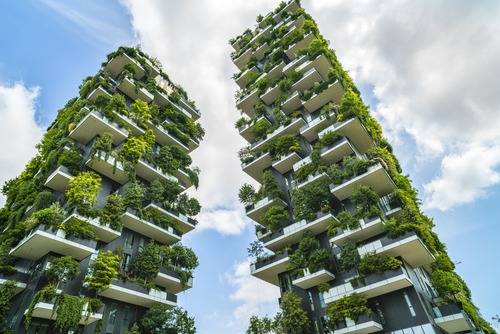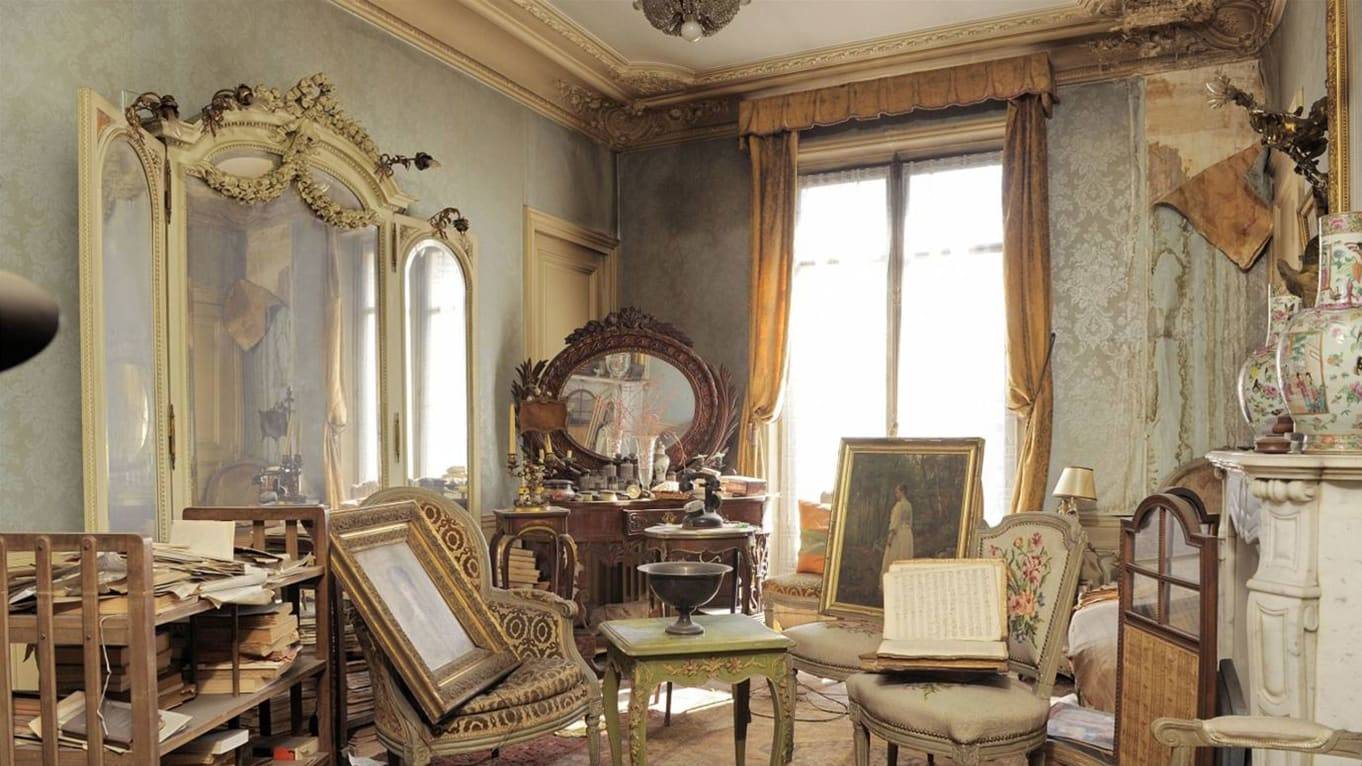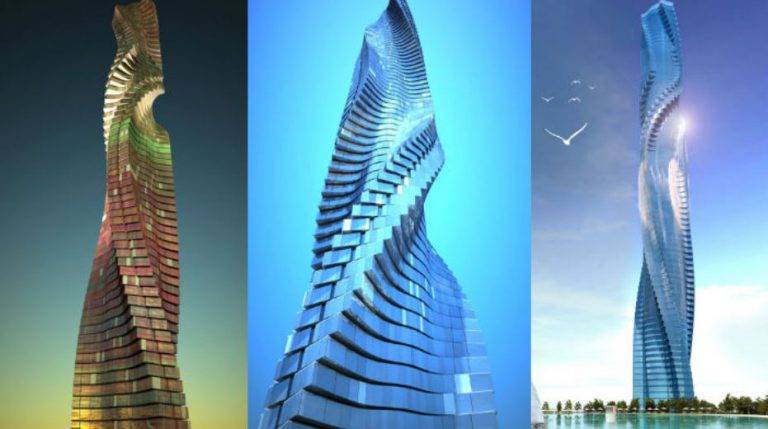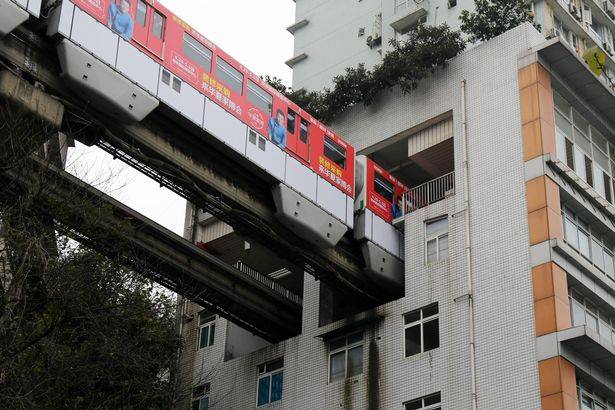When I was a child we lived in Tokyo on the 11th floor of a tower block, with amazing panoramic views of the city including Tokyo Tower and on clear days Mt Fuji in the distance. Living in a big city most people lived in apartments I don’t think any of my friends lived in houses. Fast forward a few years and our first family home was a ground floor flat, I remember the revelation for the children of having stairs once we moved into our house. The great thing about ground floor flats, especially when you have a daughter who likes to choreograph dances is the silence, unlike a house where it sounds like a herd of baby elephants prancing above you!
An apartment (USA), flat (UK) or unit (Australia) is self-contained housing that occupies only part of a building, generally on a single storey. Flats aren’t a new concept and with the global population predicted to rise from the current 7.6 billion to 9.8 billion by 2050, it’s highly likely that we will have to get used to living ever closer to our neighbours, pile them high! In the UK it is estimated that there 2.75m private leasehold flats in England which are around an eighth of all dwellings (this figure doesn’t include Scotland and Wales).
Deacon Insurance specialist has been thinking about all thing flat related and has come up with 10 weird and wonderful things about flats past, present and future, I just had to share them with you!
10 Weird and Wonderful Facts About Flats :
1. The Romans Built The First Flats :
Rome’s success led to massive population growth and housing became a major challenge. From the middle of the first century BC, Romans learnt to build higher and stronger structures through the use of concrete, based on lime and volcanic sand which allowed them to create new architectural forms, whilst standardised brick allowed for speedy and reliable construction. Their early multi-storey blocks, typically with shops on the ground floor, and apartments on two or more floors above, were called insula or “islands”. This was because they often occupied an entire city block, with roads flowing around like the sea.
2. Forest Flats :
When you think about flats your mind immediately turns to big cities, buildings piled high and a severe lack of green spaces. However, Milanese architect Stefano Boeri, developed Bosco Verticale (Vertical Forest) which uses more than 20,000 trees and plants to adorn the high-rise buildings from top to bottom. Not only do they look incredible, but plants and trees are also good for our health and wellbeing.
3. Preserved in Time :
This is an incredible story. In 1934 before the outbreak of WWII, a famous actress called Marthe de Florian fled her Paris apartment for the south of France – and she never returned. The owner of the building never noticed (which is just plain rude if you ask me!) when he died in 2010, the experts called in to assess the value of his estate stumbled across a scene that was frozen in time. Marthe’s flat was just as she had left it 70 years previous, untouched by time! It’s so pretty, I’d have loved a rummage!
4. Most Expensive :
It’s no surprise that London ranks No.2 in the world for the highest cost of a city centre flat, second only to Hong Kong. The UK’s most expensive flat was valued in October 2018 at £160 million. It’s address? One Hyde Park, London. SW1
5. Shapeshifters :
Looking like something straight out of science fiction the world’s first shape-shifting rotating tower block is set for Dubai by 2020 according to architectural firm Dynamic Group. The 80-storey building will constantly change shape as residents choose to rotate their home, looks incredible but is also super weird! My brain cannot comprehend things like this as I have a real issue with spacial awareness.
6. Repurposing :
There are so many amazing buildings out there that no longer retain their original purpose (there’s a cinema in Salisbury that used to be a church). Buildings like The BBC Television Centre at White City saved from demolition or neglect by being converted into flats. Which means it retains all it’s original character, features and iconic landmark preservation. Conversions like this are taking place all across the country and there seems to be no shortage of buyers for urban loft apartments in prime city centre locations and who doesn’t love a bit of repurposing.
7. Going Underground and Underwater? :
Architects are looking seriously at the possibilities of building down rather than up and with 70% of the earth’s surface covered by water, surely underwater cities are next? It would seem like an ideal housing solution.
8. Train Coming Through! :
Chinese planners didn’t let a little thing like a railway get in the way of needing to build more residential flats, no they just made the train line a feature as simply goes straight through the building. I literally have no words!
9. Tallest, Smallest, Largest :
Tallest : Dubai’s iconic Burj Khalifa is currently the tallest skyscraper in the world standing at 72 metres high.
Smallest : While in the Chinese city of Wuhan, with serious concerns of overpopulation looming, they’ve gone for tiny. The city has built two-person apartments that are only 50 square feet.
Largest : The Copan Building in São Paulo is a 38-story residential building comprising of over 1,160 apartment units and is home to more than and 5,000 residents now that is large.
10. The Legacy of Feudalism :
People are often amazed to learn that, in this day and age, it is still possible to lose your flat and be left with nothing if you break the terms of the lease or don’t pay service charges. That applies no matter how long you’ve been paying your mortgage or service charges. In practice, it’s become harder over the years for a freeholder (also known as the landlord) to get you out and claim the flat, but it can happen. Where did such a feudal practice come from? Land law in Britain owes much to the feudal system that developed following the Norman Conquest with the rights to grant inferior interests (aka leases) in land and to take income from these. By the 16th century, the law of leases in England and Wales had morphed into a very confusing system, and an attempt to tackle this was the Law of Property Acts 1925, which limited ownership to either freehold or leasehold, which is pretty much where we are today. Interestingly, covenants on freehold property only define what you cannot do. On leasehold they can also say what you must do, for example, pay for the upkeep of an asset still ultimately owned by the freeholder! It’s all very different in Scotland, where no duty to pay ‘feu duty’ – the equivalent of ground rent – could be set up after 1974, and no residential lease for more than 20 years could be created. The feudal structure was finally abolished in Scotland in 2004 and further laws since have converted long leases over 175 years into straightforward ownership.
Who knew flats could be so interesting!?
Deacon has specialised in providing buildings insurance and associated products for flats and apartments for more than 29 years. Find out more at www.deacon.co.uk
Found this useful wondering how you can show me your appreciation? Well, there are some ways you can say thanks and support my website: ➡






